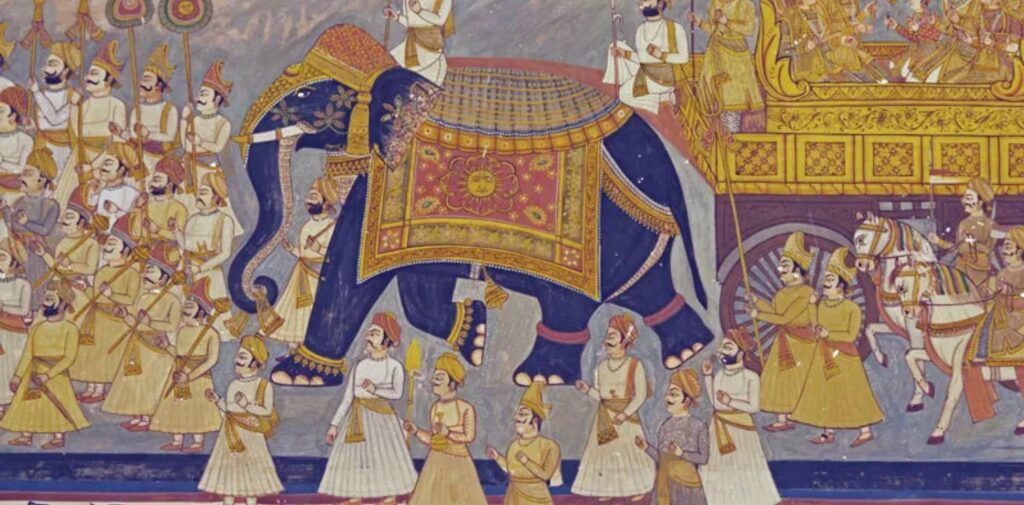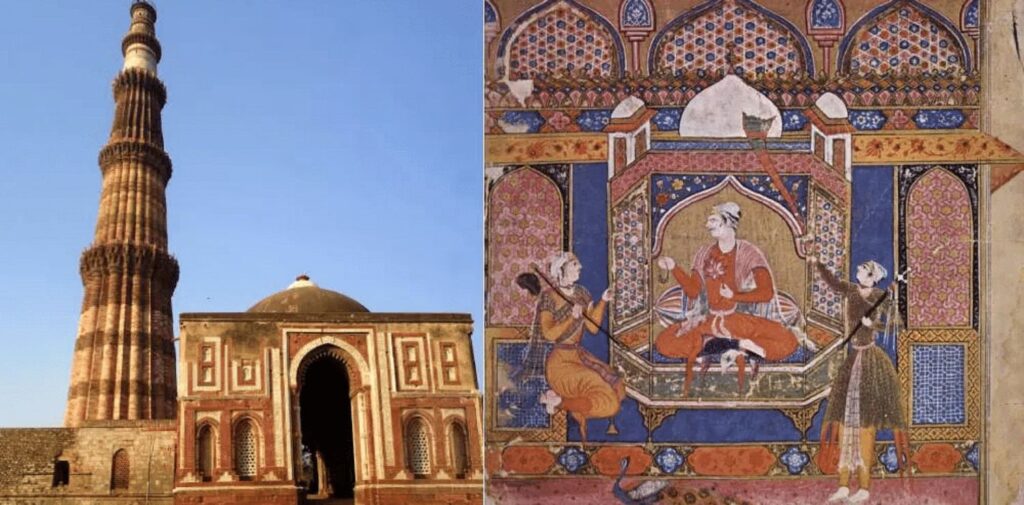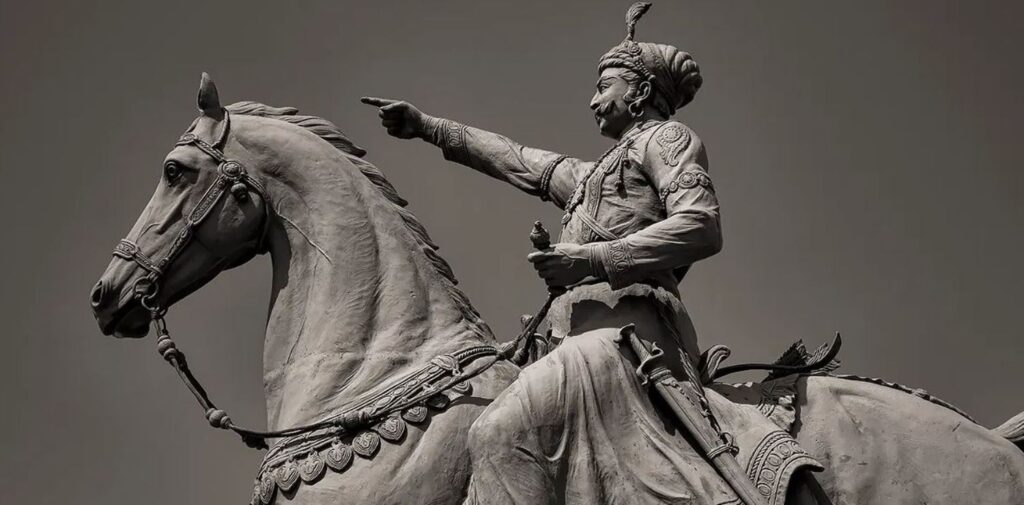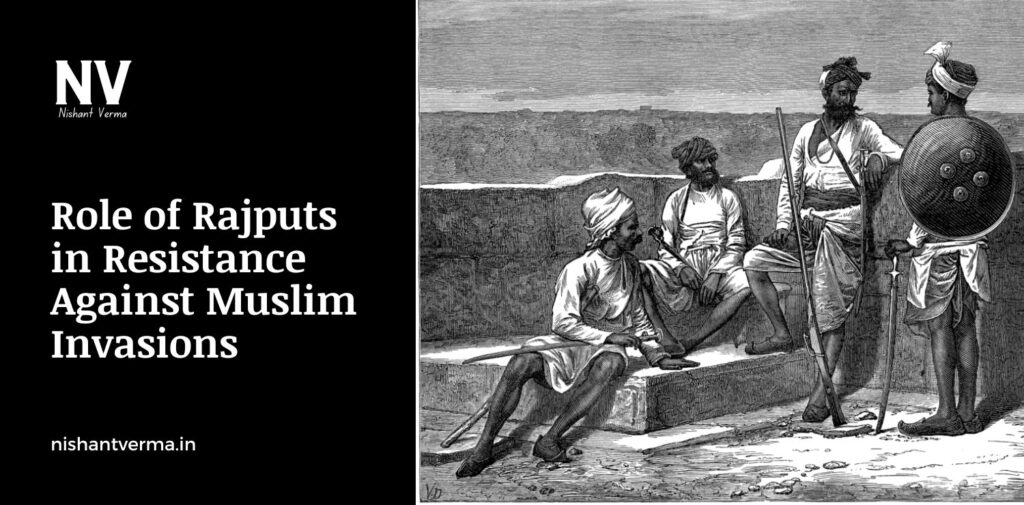The Rajputs, a group of warrior clans from northern and western India, are remembered in Indian history for their fierce resistance against the Muslim invasions between the 11th and 16th centuries. This article explore the Role of Rajputs in protecting the Indian subcontinent from foreign domination during a turbulent period. Their valiant efforts and warrior spirit shaped the history of India and left a lasting legacy on Indian culture, military strategy, and politics.
Rajput Rise: Warrior Culture and Early History
The Rajputs, a term that roughly translates to “son of a king” or “royal lineage,” emerged as a powerful force in the 6th to 7th centuries CE in the northwestern and central parts of India. They were known for their martial skills, courage, and pride in their royal heritage. By the time Muslim invasions began in the early 11th century, the Rajputs had already established a strong presence in the region, ruling over several kingdoms such as Mewar, Marwar, and Ajmer.
The Rajput clans were often fragmented and independent, with each clan ruling over its territory. However, they were united by a common code of honor, which emphasized loyalty, bravery, and duty to protect their land and people. This warrior ethos made them formidable opponents to any foreign invader, including the early Muslim armies that began pushing into India.

The Early Muslim Invasions and Rajput Resistance
The first significant Muslim invasions of India began in the early 11th century with the arrival of Mahmud of Ghazni, a ruler from present-day Afghanistan. Mahmud’s raids, which primarily targeted the rich temples and cities of northern India, were particularly devastating. His invasions, however, met with strong resistance from the Rajputs, who fiercely defended their territories.
The Rajput king of Ghurid, Raja Jaipal of the Hindu Shahi dynasty, fought Mahmud of Ghazni in a series of battles, the most notable of which was the Battle of Peshawar in 1008 CE. Although Raja Jaipal’s forces were eventually defeated, his bravery and refusal to surrender became a symbol of Rajput valor and resistance. His son, Anandapala, continued the fight, maintaining the Rajput tradition of resisting foreign invasion despite overwhelming odds.
Though Mahmud’s invasions left behind a trail of destruction, they did not succeed in completely conquering the Rajput kingdoms, as the Rajputs continued to rise again after every attack. This persistence in defense and recovery formed the foundation of Rajput resistance throughout the centuries.
The Delhi Sultanate and the Rajput Defiance
The establishment of the Delhi Sultanate in 1206 by Qutb-ud-Din Aibak marked the beginning of more consistent Muslim rule in northern India. The Sultanate was initially focused on consolidating power in the north, but the Rajputs, particularly those from the kingdoms of Mewar and Rajputana, continued to stand in defiance.
One of the most famous figures in this era was the Rajput king of Mewar, Rana Singh (often called Rana Sanga). His kingdom, Mewar, was one of the strongest Rajput states and played a crucial role in resisting the Sultanate’s expansion. Rana Sanga was known for his leadership and valor. Despite facing forces from the Delhi Sultanate, including multiple invasions by the Ghuri and Khilji dynasties, the Rajputs successfully resisted for centuries.
The Rajputs’ battle against the Delhi Sultanate reached a dramatic height during the reign of Rana Sanga in the early 16th century. Sanga formed an alliance with other Rajput kingdoms and led a coalition of forces to oppose the Mughal Emperor Babur. In the famous Battle of Khanwa in 1527, Rana Sanga, despite his valiant efforts, was defeated by Babur. This defeat, however, did not mark the end of Rajput resistance. Even in the face of defeat, the Rajputs continued to fight for their freedom and honor.

The Role of Rajputs in the Mughal Period
While many Rajput kingdoms eventually came under Mughal control, the Rajputs continued to play an important role in resisting foreign rule and maintaining their autonomy. Emperor Akbar, one of the most powerful Mughal rulers, recognized the strength and strategic importance of the Rajputs. He cleverly formed alliances with Rajput rulers by marrying Rajput princesses and incorporating Rajput generals into his army. This diplomatic strategy helped the Mughals secure the cooperation of several Rajput kings.
However, not all Rajput rulers accepted Mughal dominance without resistance. The most famous of these resistors was Maharana Pratap of Mewar. Maharana Pratap’s legendary resistance against the Mughal forces, especially during the Battle of Haldighati in 1576, made him a symbol of Rajput defiance. Although Pratap was defeated in the battle, he never surrendered to the Mughal Empire and continued to fight for his kingdom’s independence. His resistance is often seen as the epitome of Rajput valor and loyalty to their land and people.
Maharana Pratap’s courage inspired many to rise against foreign oppression. His refusal to accept Mughal authority demonstrated the Rajput spirit of independence, which remained a hallmark of their resistance against foreign invaders.

The Rajputs’ Legacy of Resistance and Cultural Impact
The Rajputs’ contributions to India’s resistance against Muslim invasions go beyond mere military victories and losses. Their enduring legacy is seen in their cultural impact on Indian society. The Rajputs maintained a rich cultural heritage of art, literature, and architecture, which played a significant role in shaping the regional and national identity of India.
Despite the eventual dominance of the Mughal Empire and later colonial powers, Rajput warriors and kings continued to hold power and influence in various regions. Their castles, forts, and palaces, such as the famous forts of Chittorgarh, Kumbhalgarh, and Mehrangarh, remain symbols of their resilience and dedication to protecting their homeland. These structures were not only military strongholds but also centers of Rajput culture, with elaborate paintings, music, and literature flourishing in these royal courts.
The Rajput ethos of bravery, honor, and loyalty continues to be celebrated in Indian folklore, literature, and film. Stories of Rajput kings and queens, such as that of Rani Durgavati, who fought against the Mughal Empire, and Padmini of Chittorgarh, whose legendary act of Jauhar (self-immolation) has been immortalized in popular culture, highlight the Rajput spirit and their commitment to preserving their dignity and independence.
Conclusion
The Rajputs played a pivotal role in resisting Muslim invasions during the medieval period in India. Their unwavering courage, military prowess, and sense of honor formed the backbone of India’s resistance against foreign domination for centuries. While the forces of the Delhi Sultanate and later the Mughal Empire were powerful, the Rajputs’ relentless defiance ensured that their legacy of resistance would never be forgotten. Their role in defending India’s sovereignty, as well as their cultural contributions, continues to be a source of inspiration for generations.
Though the Rajputs eventually came under Mughal rule, their spirit of resistance was never fully extinguished. Figures like Rana Sanga and Maharana Pratap remain central to India’s history of bravery and resistance. Today, their contributions are celebrated not just in history books but in the stories passed down through generations, inspiring future generations to value courage, honor, and the will to protect one’s homeland. The Rajput legacy, marked by valor and sacrifice, continues to resonate as an essential part of India’s rich and diverse history.




